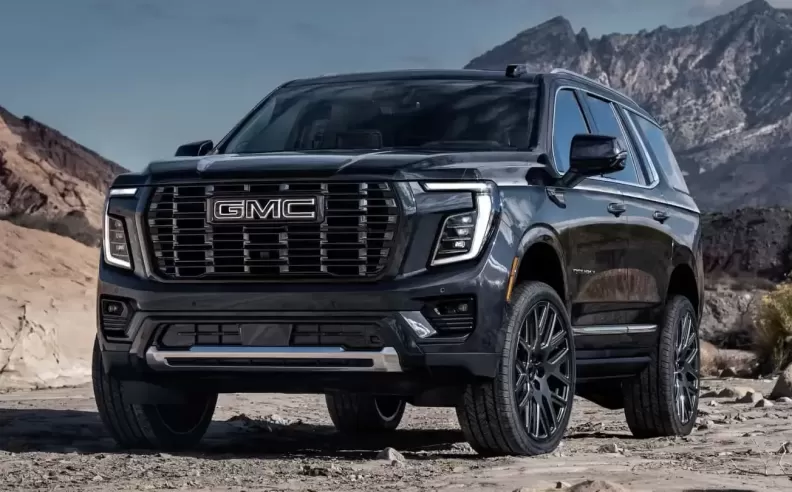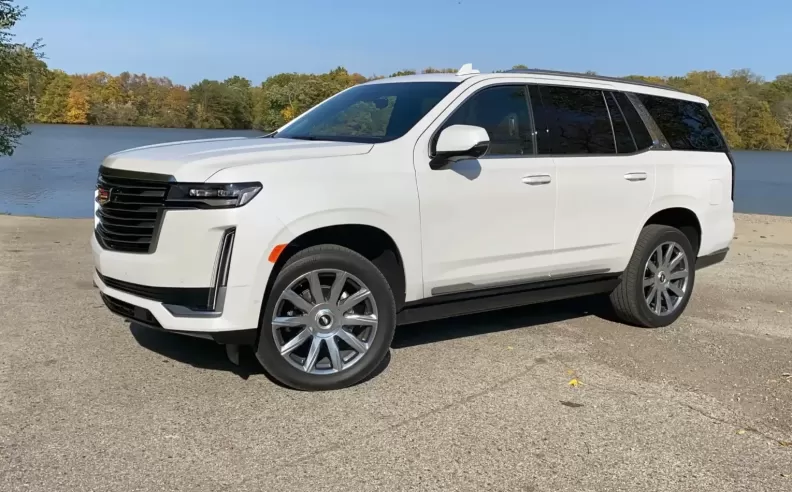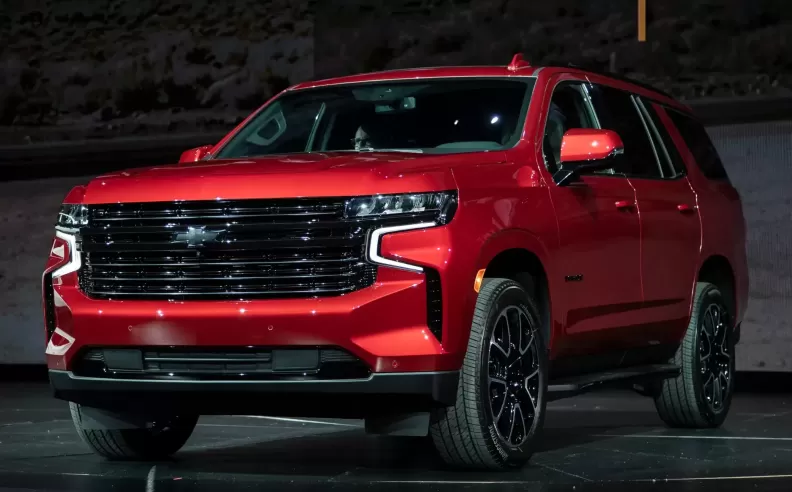


The study also found that vehicles weighing less than 1,800 kilograms might actually benefit from gaining weight. If a lighter car is brought closer to the average weight, crash survival rates improve significantly. Specifically, aligning closer to the average weight can reduce fatalities by 17 deaths per million in car-to-car crashes and 13 deaths per million in SUV-to-car collisions.
However, for vehicles already above 1,800 kilograms, the safety benefits quickly diminish. The research emphasizes that exceeding this weight offers little to no additional protection for the occupants while increasing the danger for smaller cars.
Historically, occupants of smaller vehicles faced a much higher risk when colliding with larger SUVs and trucks. Between 2011 and 2016, a car occupant was 90% more likely to die in a crash involving an SUV weighing over 2,270 kilograms. However, recent changes in crash structure design have helped narrow this gap.
From 2017 to 2022, advancements in vehicle engineering such as better crumple zones and crash compatibility standards—have reduced this risk significantly. Today, the likelihood of a fatality in a crash between a car and a large SUV has dropped to just 20% higher, marking a significant improvement in overall road safety.
IIHS President David Harkey reinforced the study’s key takeaway:
"For years, people believed that bigger is always better for safety. But these findings prove that beyond a certain point, extra weight doesn’t make occupants safer—it just makes them a greater risk to others on the road."

Started my career in Automotive Journalism in 2015. Even though I'm a pharmacist, hanging around cars all the time has created a passion for the automotive industry since day 1.
